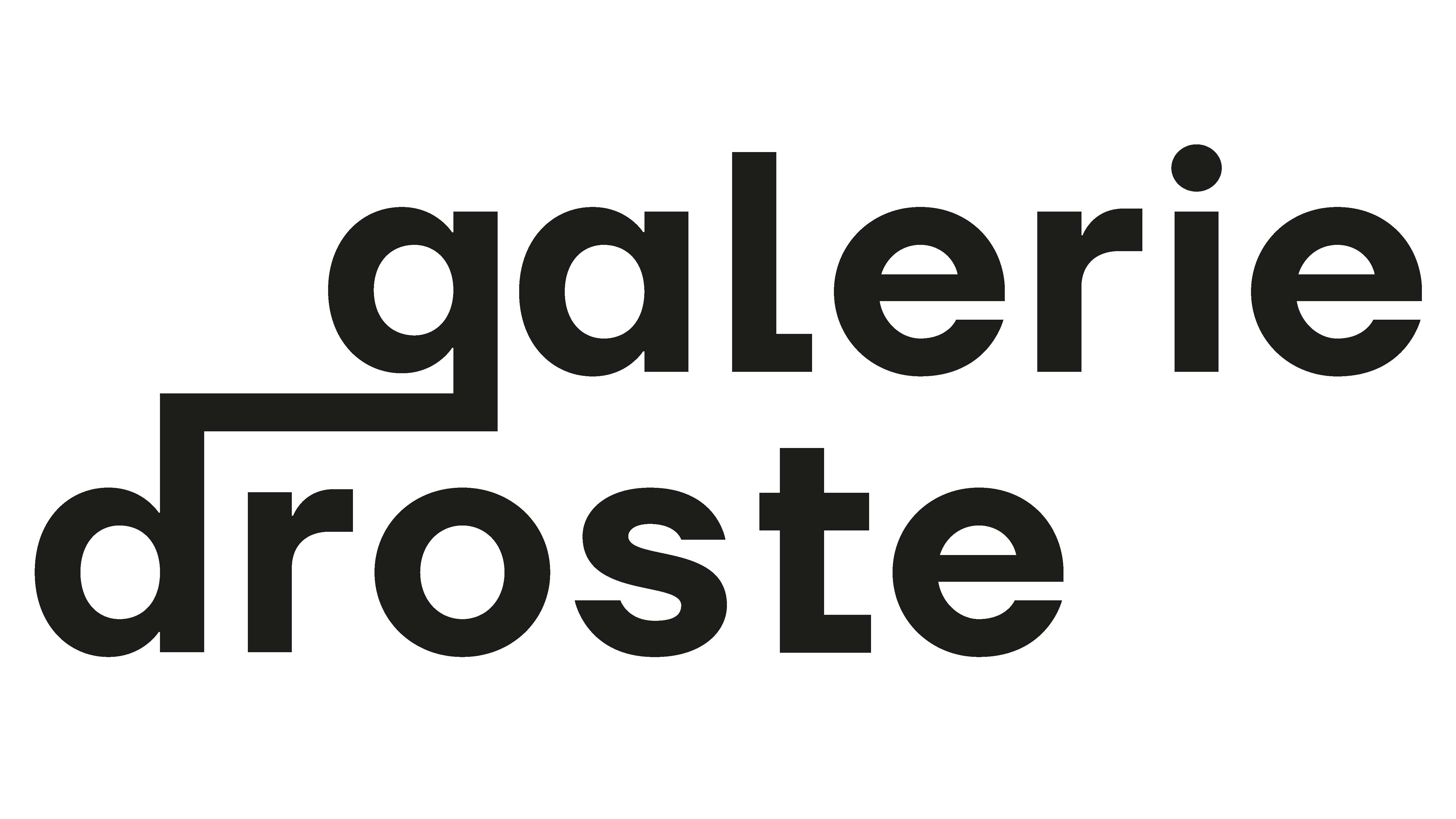DURING PARIS + PAR ART BASEL
If you ask yourself what animal was painted most often in the history of art, then the horse will occupy a top place. Perhaps even the first. The horse has always fascinated man, and depending on the cultural epoch and individual perspective, the horse was never itself, but always a human projection surface. It stood for nature and wildness, for beauty and grace, for war, for physical labor, for conquest and status. In addition to Napoleon on horseback, another iconic image is the riding cowboy. Known from western movies and cigarette advertisements, he represents a male hero who is intensely connected to the elements of nature through the wild animal he has tamed. The cowboy became a sign of the American dream of freedom, power, and masculine strength, which was fed by romantic solitude. In Tatjana Doll's paintings these heroes have to undergo a stress test. She raises the temperature, heat spreads, the landscapes melt, and with them animal and man.
If Tatjana Doll now takes up these iconic images and translates them into her painting, then it would be too short-sighted to interpret this as a mere critique. The critical reflections have long been out in the world, sufficiently known, another would mean no added value. Rather, it is about the conceptual appropriation of this culture, which has educationally shaped several generations. Doll is not looking for the idea of a nature that could be reflected in an animal, but for the car, the container ship in the horse. What does this mean? In the overall work of the painter, racing and sports cars, airplanes, trucks, and container ships make up a large part. They all stand not only for speed, performance, and weight, but also for cultural imprints and, beyond that, for containers of ideas - similar to the way that in conceptual art reflections on the difference between the idea of a chair and the object of a chair are part of the classic mind opening exercise. For this, however, objects or readymades are no longer needed. These considerations can also be practiced through sensuous painting, as Doll's works prove.
The fact that the cowboy is not the cowboy, and the horse does not represent the horse is underlined by the nonchalance of her haptic, gestural mode of painting. Nonchalance means independence, especially regarding the concrete motifs. Doll can detach herself from the figure at any moment; she is under no obligation to anyone. Thus, individual parts of the image can drift into the abstract only to be retrieved into the figurative with one sweep. Rather than being locked into a thematic specialization, her artistic self-concept and painterly hand allow her to create any subject she wants.
The painting process is accompanied by a tingling sensation in her hands. The canvases often lie on the floor, thus preventing her from facing a painting counterpart on the wall that could be viewed at a distance. She takes no break in which she steps back and looks at the painted from a distance. An overview for reflection is undesired during the process of creation. Continuously painting the proximity is never interrupted. In permanent contact with the substance, with the varnish and oil, with the paintings surface, she remains in the flow, does not stop, remains with the tingle, without compromise.
The second series of works is ostensibly dedicated to the US rapper Westside Gunn. He is masked, decorated with the Coco Chanel logo, similar to the symbol of the crown in graffiti. Now does the series refer to star portraits or mugshots? With the accompanying beat, this no longer makes a difference. On the contrary, both become fame. Increases the fame. And as with the horse, the racing car or the container ship, the veiled rapper portrait turns out to be a container for culture-shaping myths and visualizations of ideas. And at the same time, the heat returns. It can appear in a direct physical way behind the thick knitted mask and trigger stress. But it is also part of the intricate, organic painting that no longer distinguishes between fashion and body, advertising logo and face, it poses questions about their merged unity in terms of our social projections.
For even though the subject here are subcultural scenes, Tatjana Doll does not paint realistic scene reports in which the viewer is authentically immersed. She remains at a distance, uses the painterly, gestural level to empty the containers. For only empty containers offer the abundance of projection fields and meta-levels in their observation. CC is the title of the exhibition - like an email, in which one adds several recipients. The sole addressing of an art audience is no longer necessary if free means of communication are available – Again the independence of the motive becomes a trump card.
Tatjana Doll proceeds with a self-confidence that is usually more familiar from the street. There, those who don't rest, who take risks, dare to just do something, and leave their comfort zone are highly regarded. She doesn't copy graffiti, but she also likes to take risks, to adopt and leave icons, to place motifs in space and deconstruct them again. A welcome, casual stress test.
Text by Larissa Kikol
Tatjana Doll (*1970, DE) lives and works between Berlin and Karlsruhe, Germany. She graduated from the Kunstakademie Düsseldorf under the master Dieter Krieg and now teaches at Staatliche Akademieder Bildenden Künste Karlsruhe.


